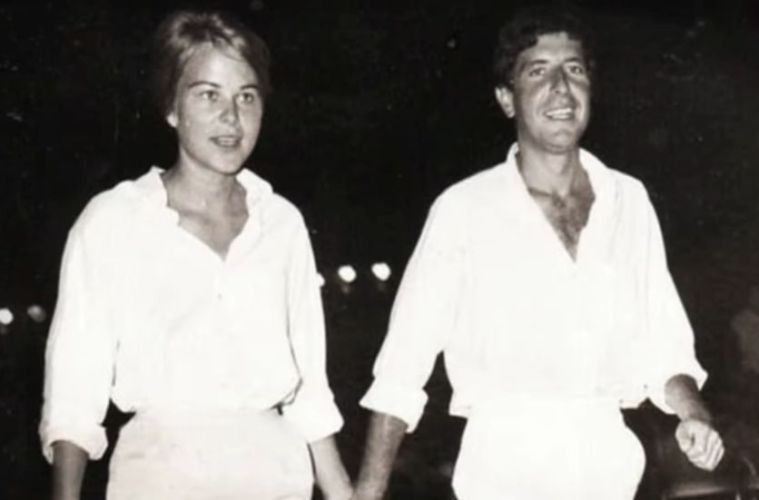Spaceship Earth
by George Wolf
Man, it was a crazy time. A group of hippies got famous for putting on jumpsuits and quarantining themselves in Arizona for two years. Then they tweaked their own rules and bickered until Steve Bannon showed up to “kick ass” and name names.
If you were thinking “70s commune” until the Steve Bannon reference threw you, you’ve forgotten about the great Biosphere 2 experiment from 1991. As much as it made news then, if B2 is remembered at all these days, it usually lands just a notch above “new Coke” on the scale of pop culture face plants.
Almost 30 years later, is that a fair assessment, or did Biosphere 2 teach us something valuable?
Director Matt Wolf looks for answers with Spaceship Earth, an intriguing look back on a moment when the reach of idealism seemed equal to its grasp.
Wolf, as he did with Teenage and Recorder: The Marion Stokes Project, leans on a wealth of archival footage to view a historical movement through a modern lens. For Spaceship Earth, that begins with a reminder that B2 was not some grand government project, but the culmination of hippie aspirations.
Led by the charismatic John Allen, a group of California dreamers traveled the world performing theater and preaching ecology, gradually increasing their goals until eight of them were moving into a completely closed system boasting a geodesic dome designed by Buckminster Fuller.
The aim was to understand biosphere 1 (Earth) enough to be able to replicate it in space. The result was complicated.
The film’s backstory of the “synergists” and their accomplishments provides a sturdy anchor, as well as a resonant narrative contrast once the B2 project is beset with scientific short-sightedness, group infighting, and the opportunist douch-baggery of Bannon.
Wolf’s respect for the group is clear, and while that respect isn’t unearned, it makes the skirting of some legitimate issues – like Allen’s label as a “cult leader” – appear more flagrant.
But what Wolf does best is give a whole new taste test to a benchmark in both science and pop culture. Biosphere 2 deserves a better legacy, and by showing us life inside the dome, and then re-framing the entire project through the lessons of the last three decades, Spaceship Earth rests on a compelling case.
And, just sayin’, new Coke was pretty good, too.












